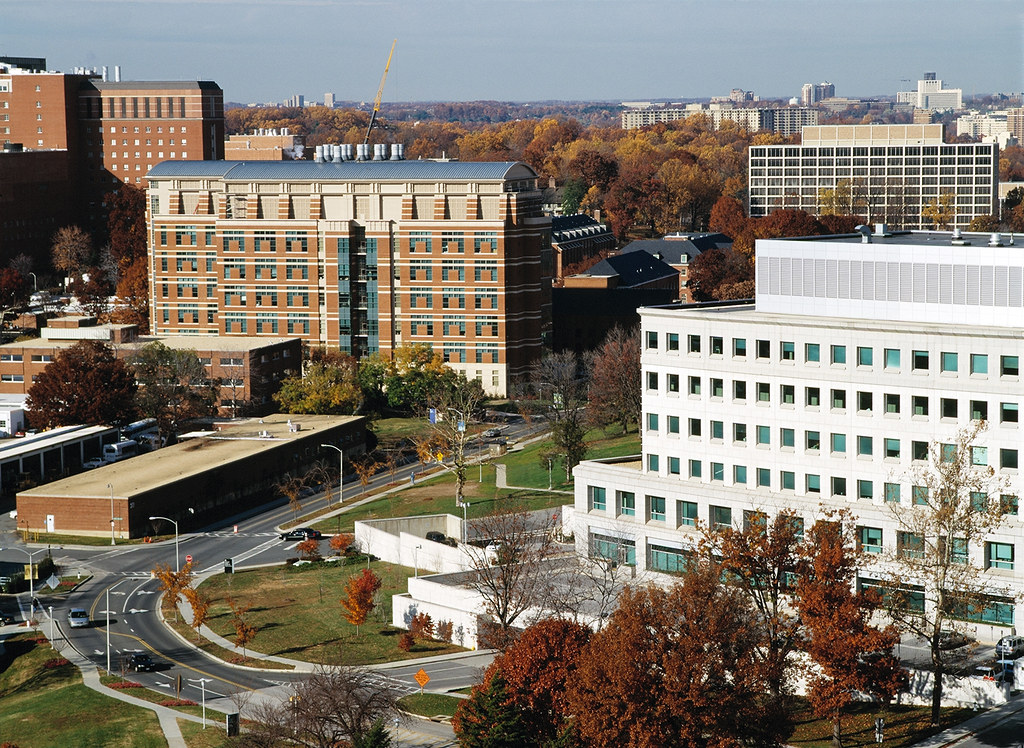By Eden Steel
The world of healthcare is constantly evolving and developing new technologies and treatments. With these new developments comes the need to assess their safety and efficacy. This is where the National Institutes of Health (NIH) Consensus Development Program came into play. It was developed in 1977 as a response to a conference on breast cancer screening that resulted in a heated dispute. The NIH Consensus Development Program attempted to standardize treatment options and evaluate various devices and treatments in order to find the optimal option. Even though the program was disbanded in 2013, it still made great strides in the field of healthcare and was able to pave the way for similar programs.
I believe that although the NIH Consensus Development Program was not extremely effective, it still blazed a trail so that other consensus programs could be developed. While the program was not able to enact many changes in the field, they were able to set a standard for what a consensus procedure for healthcare should look like. We can use this consensus procedure to develop another NIH Consensus Development Program in the future or to improve upon existing programs.
The NIH Consensus Development Program set a precedent for future consensus programs. It should be reinstated in the future in order to centralize all decision making regarding the development of healthcare technologies and treatments. Currently, there are several other programs that have been created as a result of the NIH Consensus Development Program, such as the US Preventive Services Task Force, the Institute of Medicine, and the Community Preventive Services Task Force. While these programs are all useful in terms of consensus agreements regarding certain health care procedures, they fail to work together to standardize the decisions that they make. This lack of communication will lead to problems in the future due to the lack of cohesion among these various groups.
The NIH Consensus Development Program has been used as a model for other consensus development programs both in the United States and in other countries. The development program was able to successfully reach consensus statements regarding various health care developments, and these “consensus statements have been used by numerous professional organizations to develop guidelines for clinical practice”, which demonstrates the efficacy and usefulness of the program. [1] The research and evidence that was gathered and interpreted through the consensus development helped to provide information for future research by identifying the gaps and missing experiments in these fields of research. Because of the success of the NIH consensus development program in this aspect of research, “the NIH CDP has served as a model for consensus conference programs developed in many other countries” as well as for various consensus programs in the United States. [1] The program was able to outline the rules and regulations that are necessary for a successful consensus program, making it easier to establish future consensus development programs. Because the consensus development program had such a large impact, it would be helpful and practical to reinstate the program in the coming years. The program was able to help many others. If it were to be reinstated today, changes based on the successes and failures of this program could be made that would allow it to be even more effective.
While the NIH Consensus Development Program was able to set an example for future programs, it definitely had its drawbacks and pitfalls. The consensus development program was not able to actually help that many people. The biggest change that the program had implemented was the approval of certain breast cancer treatments. While this support helped, the consensus statement “was clearly too late” and “the principal recommended change had already taken place”, which ultimately made the decision ineffective. [2] The program was discussing the correct subjects, but they were not discussing them at the right time. If the program were to be revamped today, it would be able to better adapt to the current times. Researchers, who found that the program barely made any improvements, also argued that the NIH Consensus Development Program was “an important educational tool whose effects might be enhanced by focusing on areas of practice that need improvement”, which emphasizes the point that it is possible for the program to be successful in the future. [3] Overall, the program helped shape consensus programs for other countries, and if reinstated, would allow for the consolidation of healthcare consensus programs in the United States.
Work Cited
- “NIH Consensus Development Program.” National Institutes of Health, U.S. Department of Health and Human Services, consensus.nih.gov/
- Lomas, Jonathan. “Words without Action? The Production, Dissemination, and Impact of Consensus Recommendations.” Annual Review of Public Health, vol. 12, pp. 41-65.
- Kosecoff, J et al. “Effects of the National Institutes of Health Consensus Development Program on Physician Practice.” JAMA, vol. 258, 19 (1987): 2708-13






Be First to Comment